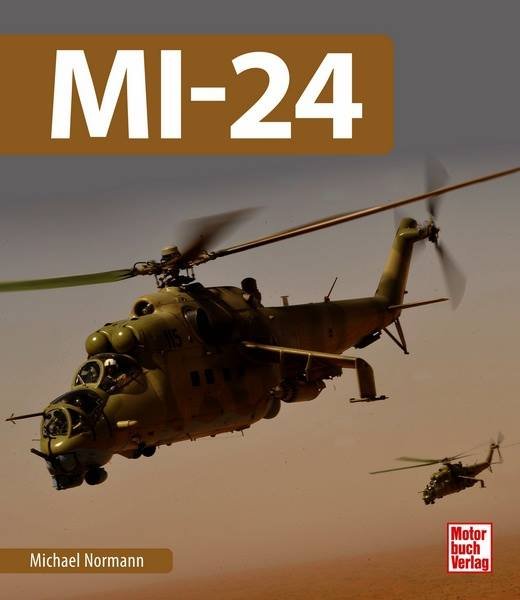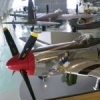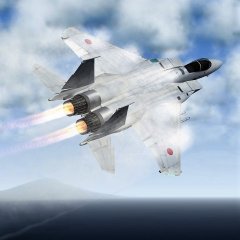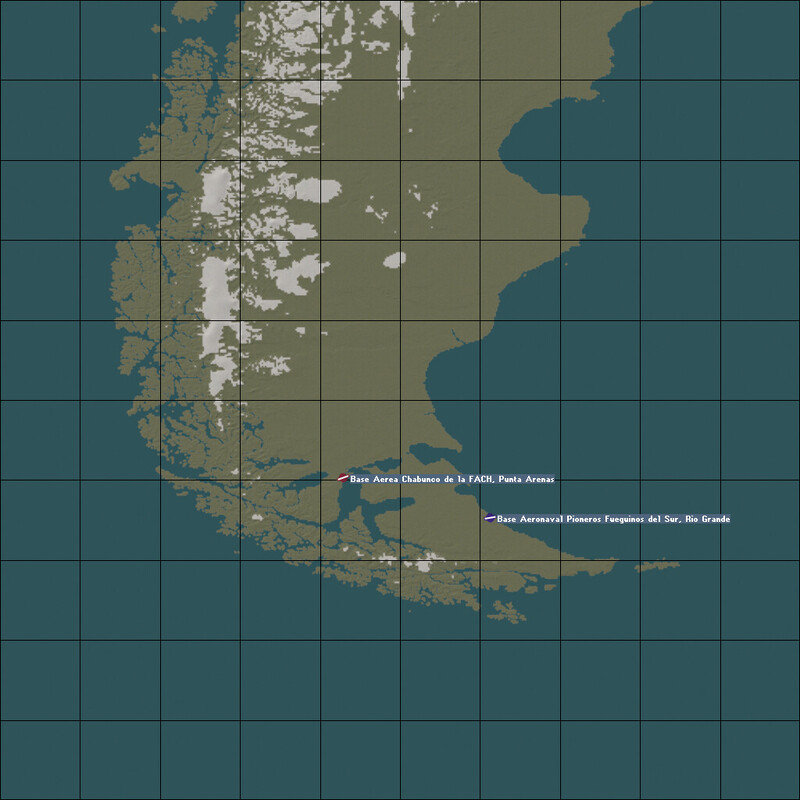-
Posts
6,832 -
Joined
-
Last visited
-
Days Won
338
Gepard last won the day on December 25
Gepard had the most liked content!
Recent Profile Visitors
35,801 profile views
Gepard's Achievements
Community Regular (8/14)
-
Rare
-
Rare
-
Rare
-
Rare
-
Rare
Recent Badges
13.4k
Reputation
3
Community Answers
-
Never heared about that conflict. But no problem at all. My 2 cents about that idea: pro: there are enough airfields in that area to make a proper air war Planes and camos for that conflict are available Vehicles should not the big problem. contra: making the terrain would be enormous time consuming, because the coastline is formed by hundreds of firthes, which must mostly created by hand As basic tileset, the IslandNA tileset would fit, but it must increased by a lot of new made tiles, what needs a lot of time I guess it would need more than a year to make this terrain properly.
-

Strike Fighters 2 Screenshots Thread
Gepard replied to Wrench's topic in Thirdwire: Strike Fighters 2 Series - Screen Shots
Take off for a strike mission at the coast of North Vietnam. Closing to the target. Was detected by a vietnamese junk boat, but they have no radio, so no problem at all. Target hit, avading Flak fire and set course to the carrier. Heading home. Touchdown, home again. Now a cold bottle of beer! -

DRV 2.1.2 alias North Vietnam
Gepard replied to Gepard's topic in Thirdwire: Strike Fighters 2 Series - File Announcements
DRV 2.1.2 is released now Update DRV 2.1.2 added some fishing ports, with some junks, fuel drums and a little bit Flak added rocks some miles east of Hai Phong solved the "distant mountains" problem, which was graphic glitch that appeared in DRV 2.0 till 2.1.1 reworked the farm-rivermouth tile added Red Crown with CG-16 Leahy class cruiser reworked some Flak batteries Have fun! -
I think i will release DRV 2.1.2 tomorrow. Update DRV 2.1.2 added some fishing ports, with some junks, fuel drums and a little bit Flak added rocks some miles east of Hai Phong solved the "distant mountains" problem, which was graphic glitch that appeared in DRV 2.0 till 2.1.1 reworked the farm-rivermouth tile added Red Crown with CG-16 Leahy class cruiser Red Crown in full action to smash down incoming MiG's.
-

Strike Fighters 2 Screenshots Thread
Gepard replied to Wrench's topic in Thirdwire: Strike Fighters 2 Series - Screen Shots
Flying around for X-Mas. No dropping bombs, no firing missiles or guns. Simply flying to enjoy the landscape. Merry X-Mas to all of you. -
The placement of this shelters beside the concrete is a compromise. If i put it on the concrete the shelters begin to disappear if you fly in a certain altitude. I dont know, how to overcome this strange behaviour of the flat concrete areas. To have the shelters visible all the time i placed them beside the concrete. To explain the problem here 2 screenshots of my Michigan terrain. In the upper screenshot the parking area of the airfield seems to be empty. Neither the 2 ShelterA hangars and the parked aircrafts are visible. The Hangars, which i have placed beside the parking area are clearly visible. In the second screenshot planes and shelters are visible. I have no idea how to overcome this problem.
-

Strike Fighters 2 Screenshots Thread
Gepard replied to Wrench's topic in Thirdwire: Strike Fighters 2 Series - Screen Shots



















